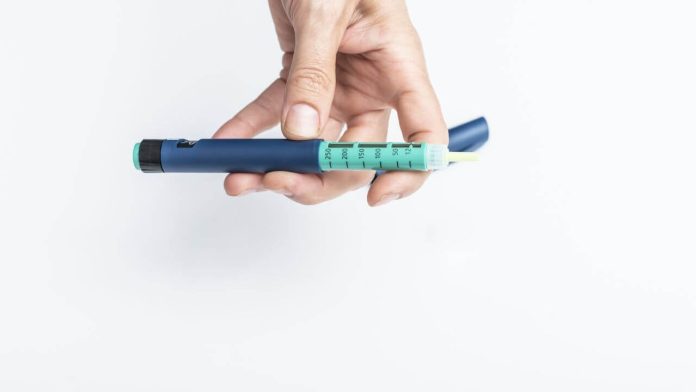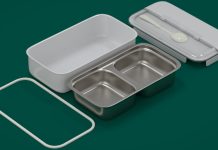The choice of paper and adhesive plays a critical role in the effectiveness and durability of labels used for injector pens. Injector pen labels must adhere securely, withstand varying environmental conditions, and maintain readability throughout their lifecycle. This article explores key considerations in selecting the optimal paper and adhesive for injector pen labeling applications.
Paper Selection
- Material Durability: The paper used for injector pen labels must be durable enough to withstand handling, transportation, and potential exposure to moisture or chemicals without compromising its integrity. Common materials include coated papers, synthetic papers, and specialty materials designed for enhanced durability.
- Printability: High-quality printability is essential to ensure clear, legible text and graphics on injector pen labels. The paper should support various printing technologies such as thermal transfer, laser printing, or inkjet printing, depending on the specific labeling requirements and production processes.
- Compatibility with Inks: The paper should be compatible with the types of inks used for printing injector pen labels. This ensures that the printed information remains smudge-free and resistant to fading over time, maintaining product identification and regulatory compliance.
- Environmental Considerations: Sustainable paper options are increasingly favored in injector pen labeling applications. Recycled content and certifications such as FSC (Forest Stewardship Council) ensure that the paper meets environmental standards while maintaining quality and performance.
- Thickness and Weight: The thickness and weight of the paper impact both the aesthetics and functionality of injector pen labels. The optimal thickness provides sufficient rigidity for handling during application while ensuring smooth feeding through labeling equipment.
Adhesive Selection
- Adhesive Type: Selecting the right adhesive is crucial to achieving strong adhesion to injector pen surfaces while allowing for easy application and removal of labels during product use or disposal. Common adhesive types include permanent, removable, and repositionable adhesives, each offering distinct benefits depending on application requirements.
- Adhesive Performance: The adhesive must maintain a strong bond under various conditions, including temperature fluctuations, exposure to moisture, and chemical contact. This ensures that injector pen labels remain securely attached throughout the product’s lifecycle without peeling or lifting.
- FDA Compliance: For injector pen labels used in pharmaceutical applications, adhesives must comply with FDA regulations for indirect food contact. This includes ensuring that adhesive components do not migrate into pharmaceutical products, and maintaining product safety and regulatory compliance.
- Application Method: The adhesive should be compatible with the labeling equipment and application method used in injector pen manufacturing. This includes considerations such as adhesive tackiness, curing time (if applicable), and ease of integration into automated labeling processes.
- Label Removability: In cases where labels may need to be removed or replaced without leaving residue, selecting a removable or repositionable adhesive facilitates clean label removal while maintaining injector pen aesthetics and functionality.
Conclusion
The selection of paper and adhesive for injector pen labels labeling is a critical decision that impacts label performance, regulatory compliance, and overall product quality. By considering factors such as material durability, printability, adhesive type, and environmental considerations, manufacturers can ensure that injector pen labels adhere securely, maintain readability, and meet the stringent requirements of pharmaceutical labeling standards.




